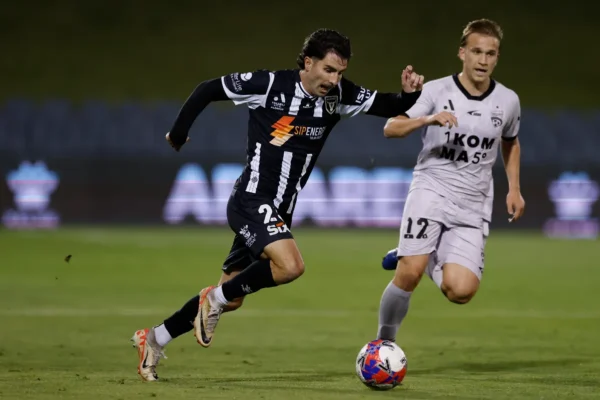
Alongside the South Australian government, Football South Australia (SA) has announced the Whole of Football Financial Relief Package to support clubs and help with the resumption of competitions.
An $840,000 package will see a range of costs covered for the 2020 season. Senior men’s and women’s club affiliation fees for clubs competing in semi-professional leagues will be credited against their club’s account. Club’s Public Liability, Directors and Officers and Player Insurance will also be covered.
Team registration fees for junior and women’s community teams will not be charged and clubs competing in the Men’s National Premier League and Women’s National Premier League will be given the opportunity to advertise their sponsors for free on the live stream for home matches.
Match official fees have also been reduced, with semi-professional competitions having a 30 per cent reduction in fees while community leagues match official fees will be reduced by between 10 and 15 per cent.
The South Australian Government provided $490,000 from its Community and Jobs Support Fund while Football SA has made a $350,000 contribution.
CEO of Football SA, Michael Carter said that the relief package would help football in the state recover after the suspension of games due to COVID-19.
“Football SA is appreciative of the economic and social impact COVID-19 has had on our football community. The financial relief package is designed to assist the code reboot itself as we return to competitions later this month for juniors and community competitions and early in July for the semi-professional men’s competition,” he said.
“The total financial package has been significantly underpinned and made possible as a result of the South Australian State Government’s continued support for Football in the State, and I know you will join me in sincerely thanking them on behalf of the football community.
“The support and cooperation of clubs, associations and Referees within the State has been first-rate. The considered and unified approach of leaders within the code has ensured we are very well placed to provide much-needed activity for all participants and clubs in the 2020 season.”
Football South Australia has thanked the support of their clubs, associations and referees to ensure they are well prepared for a return of football.


















